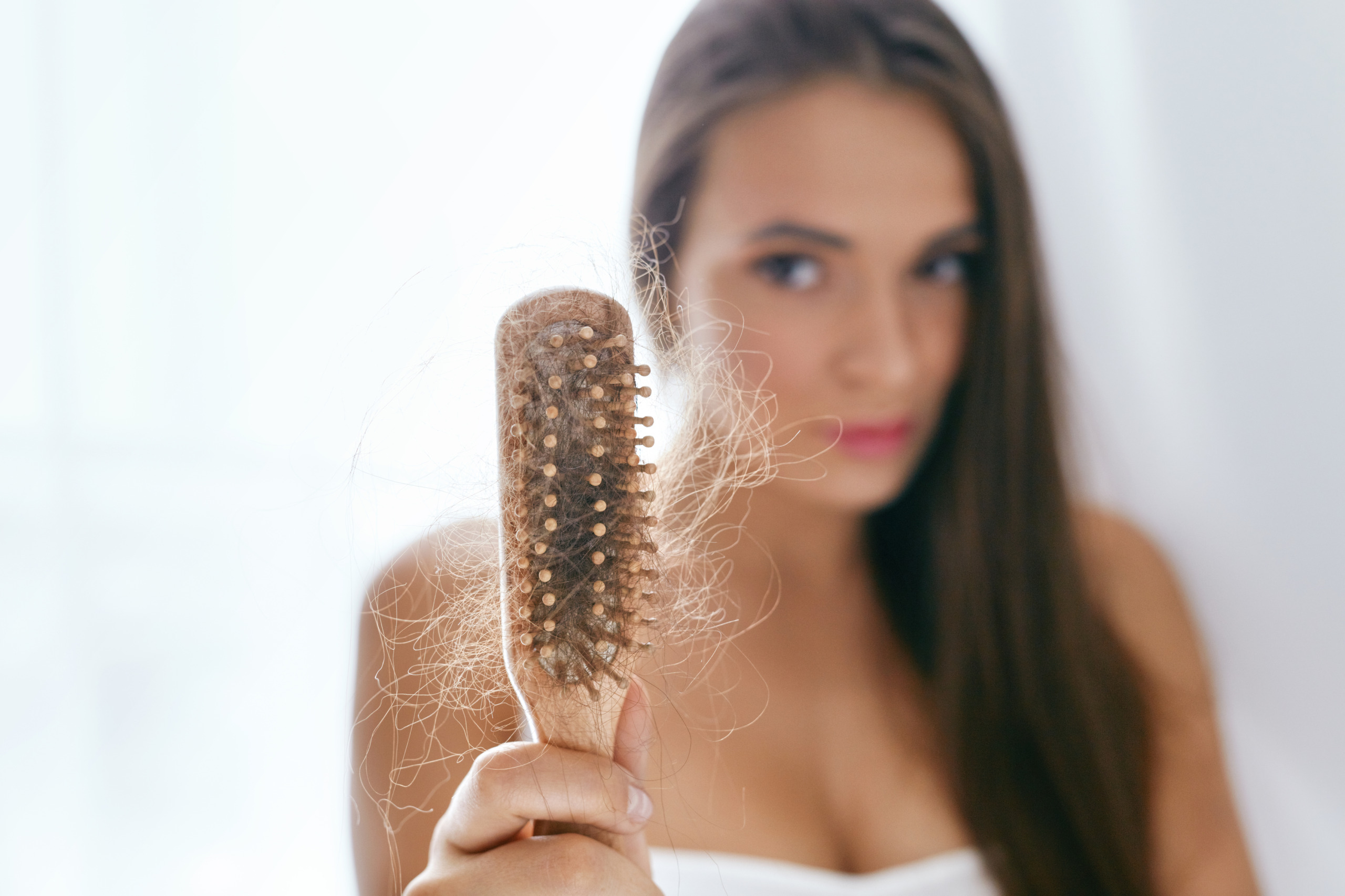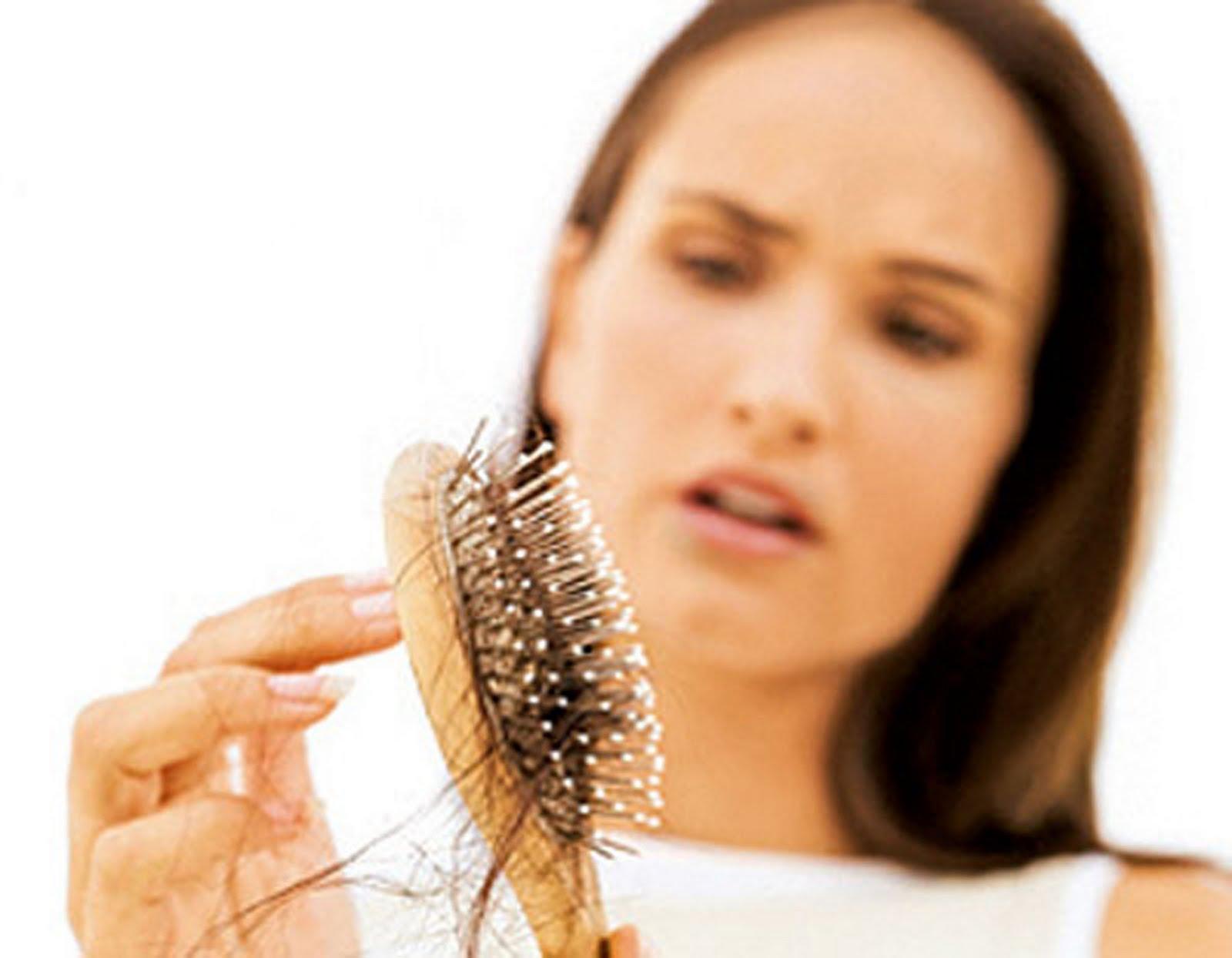Table Of Content

It is important to consult a doctor to learn what the possible cause and best treatment may be. Males with this condition tend to lose hair from the temples and crown of the head. In females with androgenetic alopecia, the hair usually becomes thinner all over the head. It is natural for a certain amount of hair to shed every day. Using heat on your hair can cause hair to break and increase the chance of hair loss over time if the strands become weak.
Hair shedding: what’s normal?
As the Cleveland Clinic notes, sun exposure can damage your hair and lead to shedding, just as using hot tools frequently can take a toll on your strands. Play it safe and take the proper sun care precautions for your mane, such as wearing a hat, using a heat protectant, and staying in the shade when possible. Hair has three stages of growth known as anagen, catagen, and telogen phases. When possible, lessening or removing the stress source can help resolve hair loss and make you feel better overall.
The Glycolic Acid Serum Your Skin Care Routine Needs
Or perhaps your partner has complained that even they find your hair strands all over them. If you feel like you’re dealing with fall out that is far more than you normally see -- it could be what is called telogen effluvium or excessive shedding. So, if you’re concerned about shedding too much, wash your hair every day to get a good visual idea of what is really shedding from day-to-day. But, sometimes, too much hair falling out in the shower is an indication that something might be wrong.
How much hair is normal to lose in the shower?
The process then culminates in the telogen stage, when old hair gets shed, making way for a new hair to eventually sprout up in its place. At any given time, between 5 and 10% of your hair is in the final stage, which leads to an average loss of 50 to 100 hairs per day, according to the Cleveland Clinic. However, if you notice bald spots and patches where hair is missing, speak to your doctor. Regrowth continues for over a year, after which time it stabilizes. Minoxidil usually needs to be used long-term to prevent hair loss and promote hair growth.
Maybe you even notice clumps of hair in the bristles of your brush after your daily brushing. In many cases, a person’s hair will return to its usual state once a doctor has treated the underlying condition. Avoiding tight hairstyles will usually prevent further damage. If a person has anagen effluvium due to undergoing chemotherapy, cooling the scalp during the procedure may help. Hair will often grow back within 3–6 months after stopping chemotherapy.
Effective hair loss treatments for women
Sun can also damage hair so opt for a hat when it’s sunny and you’ll be outdoors. It might mean a hair-washing re-education and quite a faffy process but if there's no more hair loss and fewer trips to buy nasty chemical-loaded sink-unblocker, we’re sold. If you are worried about hair loss there are some hair loss treatments to consider. You know that protecting your skin from the sun is a must, but don’t neglect your strands.
Hair loss treatments
Hairdresser reveals why it’s ‘completely normal’ for your hair to come out in the shower and when you shoul... - The Sun
Hairdresser reveals why it’s ‘completely normal’ for your hair to come out in the shower and when you shoul....
Posted: Sat, 23 Oct 2021 07:00:00 GMT [source]
It can also be caused by shortages of other nutrients, including B vitamins and vitamin D. “Our body needs certain vitamins and nutrients to build hair,” notes Dr. Khetarpal. Hairstyles that pull and stretch the hair such as tight ponytails, braids and cornrows are more likely to cause damage by pulling the strands from the scalp.
However, if you begin to notice larger clumps of hair coming out or clumps coming from one area specifically, it may be time to seek medical attention. Yet, many people notice that while they shower and clean their hair, many strands of hair end up leaving the scalp in the process. This can be alarming if you are unsure of the cause of this hair loss or do not know what is considered normal in terms of hair loss. Using harsh products such as hair dyes, bleaches, and chemical shampoos in the shower can damage your hair.
What are the main causes of hair loss?
Maybe you glanced in the mirror and felt a jolt when your hairstyle didn’t look quite right, or perhaps you pulled your hair into a ponytail and felt a loss of volume. Most causes of hair loss are temporary or down to ageing and therefore don’t need treatment. Hair loss caused by a medical condition will also usually grow back after recovery. Here is where club hairs enter a resting phase that lasts for approximately 100 days. Some hair follicles could even break off into several strands. If you’re noticing sparse areas in your hair, then new hair growth might be sluggish.

Hair is more likely to break if it’s roughly handled or comes into contact with extreme heat. For example brushing your hair vigorously or using straighteners every day. Gently caring for your hair can reduce hair breakages, as can reducing your use of styling tools to avoid heat damage. Stress is also a cause of hair loss however this is relatively rare.
If you suspect there may be a medical problem affecting the amount of hair you shed in the shower, make sure to contact a healthcare practitioner. Losing a lot of hair in the shower can cause alarm, but some hair loss is perfectly normal and natural. TE is generally temporary and highly treatable, and is caused by a sudden drastic event, such as trauma or extreme stress. As extreme weight loss can put undue stress on the body, this makes the development of TE more likely. If you are on a weight loss journey or have circumstances outside of your control causing you to lose weight, hair loss can be a side effect of extremely rapid weight loss.
You could for example, incorporate more vitamins in your diet or take supplements that support hair growth in your treatment. Nearly everyone experiences some sort of hair loss as they get older—hair growth slows down, and some hair follicles stop producing new hairs. This is called androgenetic alopecia (more commonly known as male- and female-pattern baldness). For men, this hair loss is often at the temples or the top of the head; for women, hair becomes less dense, making the scalp more visible. However hair loss can also be hereditary (particularly male pattern baldness) or a natural part of ageing.

No comments:
Post a Comment